AMERICAN FOOTBALL MONTHLY THE #1 RESOURCE FOR FOOTBALL COACHES
Article CategoriesAFM Magazine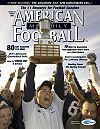
|
The Spacing Concept: How to Maximize Your Offenseby: Zack AzzanniWide Receivers Coach, Bowling Green © More from this issue I have had the great fortune of learning under some of the best offensive minds in college football in Coach Urban Meyer and Coach Gregg Brandon. Here at BGSU we have a great staff that is an honor to work with. Our staff is comprised of Greg Studrawa (OC), Mick McCall (QB), Dennis Springer (RB), Troy Rothenbuhler (TE) and Russ Kuhns (GA). These men do a great job and any ideas that I share in this article are BGSU staff ideas. The concept that I want to share is our Spacing Concept. This concept was made famous in the west coast offenses. It is an old concept but one that we have enjoyed a lot of success with it at BGSU. This concept is very adaptable to any style of offense. Whether you are a two back or one back team, with or without TE’s, this play can be made into a very positive addition to your offense. It is a simple three-step concept to learn for the QB and is a good play to start a game or a drive with because of the different outlets it gives the QB. It is protected with three step timing protection so the line is using aggressive cutting to get hands down quickly. In our system the RB stays in and helps with protection so he does not get in the way of the short routes. We run spacing as a 3 X 1 formation play. If we use motion or even if we are in an empty backfield with quads, we will always have a single WR. Each route by the single WR will be tagged telling him what route to run. EXAMPLE: Routes (See Diagram 1.) 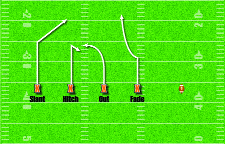 Diagram 1 X-Slant - 3 steps X-Hitch - 6 yards X-Out - 6 yards X-Fade 19-22 Yards deep The backside routes will consist of a spot route over the football, a seven yard hitch and a 6 x 2 width hitch (See Diagram 2). 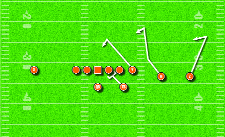 Diagram 2 The spot route over the football must be at six yards and must be directly over the football. If there is an LB there, bank him and slowly work away. We tell our WR’s and TE’s to post him up like a basketball player. The QB is expecting a spot route directly over the ball because we do not want him trying to find the WR in the box. He will then put the ball on the open shoulder of the WR. The seven-yard hitch needs to end up six yards from the tackle to your side. We give our players some freedom on their splits so they can work to their spot by the time the QB gets to them in the progression. The route farthest away from the football is a 6 x 2 width hitch, six yards deep, two yards off his original alignment. This route can also come from the backfield in the form of a flat route. You must maintain the spacing between the spot routes (See Diagram 3). 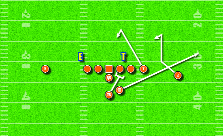 Diagram 3 The QB progression is a pre-snap and post-snap read. His pre-snap read will look at a single WR tagged route. We talk to the QB about a clean and dirty box that is best described in the diagrams provided. If he has a clean pre-snap box (See Diagram 4) he will start his post-snap progression on the single WR side. He will attempt to throw the X-Tag and if he has it he will take it. If it gets taken away by a buzz LB or a roll corner he will go to his spot route to his seven-yard hitch (See Diagram 5). If he gets a dirty pre-snap read (See Diagram 6) he will start his progression from spot route to the seven-yard hitch to the 6 x 2 width hitch. 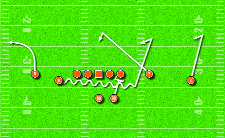 Diagram 4 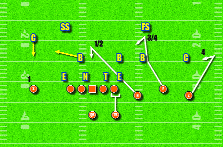 Diagram 5 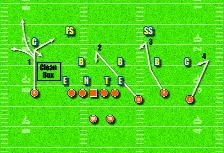 Diagram 6 Some things we look for when calling spacing: How is the match up with your single WR? Have the LB’s been getting depth or playing flat? What is the best tag to call? Remember you can call the spacing concept and let your QB and WR make the call on the tag with a signal or you can dial up whichever tag you want and make the QB go through the proper progression. I have enclosed a few of the various ways that you can run the spacing concept with examples of how we would call plays (See Diagrams 7 and 8). 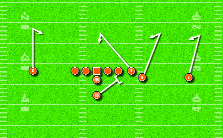 Diagram 7 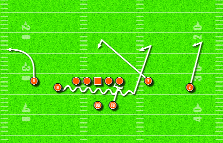 Diagram 8 Thank you very much for allowing me into your football mind. I am very proud to be a college football coach and consider it an honor. I hope this article helps you and good luck this fall. |
|
| HOME |
MAGAZINE |
SUBSCRIBE | ONLINE COLUMNISTS | COACHING VIDEOS |
Copyright 2025, AmericanFootballMonthly.com
All Rights Reserved




